-
Posts
672 -
Joined
-
Last visited
Content Type
Profiles
Forums
Gallery
Events
Posts posted by hornet
-
-
This looks like a good idea, but I wonder if the rubber tubing will stand the test of time. Like most things that are rubber based, would it not start to perish or break down over time? A couple of my models are 30 years old and I am not sure this would last that long. I'll be sticking with copper or cardboard.

- mattsayers148, Bobstrake, Canute and 2 others
-
 5
5
-
Danny
I remember following your restoration of an old HMS Victory model. It was a great job. I'm sure you will do this one justice as well.
Cheers
Steve
- GLakie, mtaylor, mattsayers148 and 1 other
-
 4
4
-
Another modification I made to the powered version was to replace the perspex brackets holding the spools with ones I bent up from some scrap aluminium. I found that the perspex ones flexed too much for my liking and I had difficulty getting them to hold the spool firmly enough. The aluminium ones fixed the problem.
-
I am currently building the same kit and have the same problem. The only good thing is that there are more than enough walnut strips provided so I was able to pick out the best ones. I also have the Caldercraft Endeavour and Bounty 'on the shelf. ' the walnut in them is no better
-
I agree with Brian, although I did make an addition to mine. Check it out on the link below.
Modification to Serving Machine -
I made up a simple but effective scraper for removing excess glue using a reversed No 11 blade. See link below.
http://modelshipworld.com/index.php/topic/4679-the-kit-bashers-guide-to-the-galaxy/page-6
-
-
For white glue I usually squeeze a blob onto the lid of a Chinese take way container. When it dries it just peels off and the lid is as good as new. I apply it with a small awl. I use CA glue very sparingly but when coppering a hull I turn a glass jar ( most of which have a concave bottom) upside down and squeeze a few drops in the middle. I use the old awl to apply this as well.
-
Since most work is done with things that are very sharp, often pointy and sometimes even quite hot, I tend to avoid using the groin area as a workbench. I can do more than enough damage to my extremities even when my build is mounted in a vice on a workbench.

- Dan Vadas, usedtosail, tasmanian and 8 others
-
 11
11
-
Hi Danny
I bought flags for a couple of previous builds from this mob. I was happy with the quality and like the fact that they accept Paypal. Delivery from the UK took a couple of weeks. I intend placing an order with them for my current build as well as the Bounty and Endeavour.
Cheers
Steve
-
-
Sounds to me like you did everything right John, at least what you did is exactly what I do with Birchwood Casey. I have used Jax Green Patina solution with good results but cannot speak for Jax pewter Black as I have away been pleased with the results from Birchwood Casey and have not seen the need to try anything else. Have you tried the Jax Pewter Black on any other of the metals it is supposed to work with?
-
I use plastic see through counters and pushpins. See method on page one of following thread.
http://modelshipworld.com/index.php/topic/1310-making-rope-coils/?hl=%2Bmaking+%2Brope+%2Bcoils
-
I agree with Jim. However, if you are not yet ready to have a go at a full scratch build, do what I've done and partially scratch build a kit. On my current build the Supply I have scratch built the windlass, capstan, ship's boat & oars, rudder (including gudgeons and pintels) tiller, stern facia and windows, skylight, railings to the stern deck, as well as tree nailing the deck, copper plating, modifying the gun carriages and adding water ways. I also made new anchor ropes because the ones that came with the kit were out of scale. I intend to modify the rigging using Peterson's book as a guide. There is a lot you can do to a bog standard kit to make it more interesting, challenging and authentic.
-
Hi Harvey
I solved this problem by using an old wooden desk (a school desk in fact) I chopped the legs down to the size that I felt comfortable with and added castors. The desk lives under my main work desk, which is an L shaped office desk. When I want to work on rigging, I just roll it out. I also fitted this desk with a hinged top so I can store scrap wood and clamps in it. I left the back of the desk open and I store strips and dowel in it. Hope this may give you some ideas.
Desk is stored under main desk - castors fitted
Desk rolls out when needed for rigging or for extra workspace
Desk lid lifts up for storing scrap timber and clamps.
Rear section of desk for wood strips and dowel.
For me the desk is at a comfortable height for working on upper rigging.
-
-
I would say that filler blocks are only necessary at the bow and stern so you have something to assist you in both affixing the planks and achieving the correct shape. There should be more than enough bulkheads for you to attach your planks with some type of planking screw between these blocks. Just make sure you fair in the bulkheads with a file or sanding block before beginning planking
-
-
If you have one, a band saw is ideal for 'roughing out' the shape of your filler blocks. It allows you to achieve the curves much more accurately.
-
Hi Banyan
I dug out another pic from my collection of the Endeavour Replica. It may help you. If you are able to zoom in (this pic was cropped from a larger one)you will see that the Topgallant leading shroud has not been served along its full length. It appears to be only served at the top and from just above the crosstrees and down from there. The other shrouds seem to have been served in the same manner. Hope this helps.
Cheers
Steve
-
- Canute, geoff and James Pitt
-
 3
3
-
Spyglass.
It is not always the case that the treenails are invisible. Check out the photo I took on board the Endeavour Replica and posted on another treenailing thread a while ago. They are quite visible in this case.
http://modelshipworld.com/index.php/topic/8317-to-treenail-or-not-to-treenail/
-
Obviously a more 'pointy' bow is much easier to shape than a rounded bow such as on the Endeavour.
My advise is to:
1. work on s simple model that does not require too much planking. There are plenty on the market.
2. Calculate the width (approximately) of your planks as they taper towards the bow and stern before you commence planking.
3. Use filler blocks at the bow and stern (even if the kit doesn't include them) as this really helps when shaping an supporting planks. These can be shaped from bass wood.
4. Get or make yourself some planking screws. These really help to hold planks in place while they dry.
5. Always shape your planks in pairs ( port and starboard together) so you end up with a symmetrical result.
6. Never taper your planks to less than half their width at the end ie a plank that is 5mm wide should not be tapered to any less than 2.5 mm.
7 Use a quick drying PVA glue in combination with a CA gel. The CA gel is great when applied to the ends of planks. To holds them in place while the PA glue dries.
8. Get yourself a good quality plank bender - preferably one where the planks are soaked then heated to bend- make sure they are dry before you fit them.
9. Make sure you buy a model that is 'double planked'.' You can then afford to make some mistakes on the first layer, fill, shape then apply the second (thinner) layer of planking.
10. As to your question about the lengths of planks, I think that for a beginner, longer planks are better. They are easier to shape and bend. You will find that you need shorter 'stealer' or 'drop' planks at some point in your build. These are shorter and more like a wedge. They are often applied at the stern.
Take your time and don't be afraid to take planks off and refit if they don't look right. I have planked 10 models over the last 30 years and am still learning

- wilspaul49, Canute and mtaylor
-
 3
3
-
Hi Bryan
I too have a proxxon Lathe. I use it all the time. Recently finished turning all masts and yards for my HMS Supply with it. It is a great tool. Speed is infinitely adjustable and collets allow you to work accurately with very small dowel or square timber. I also used it to turn up very small oars for my scratch built ship's boat on the deck of the Supply and the scratch built capstan. I also turn up pedestals for my model stands. It is worth the money - one of my favourite mini power tools.



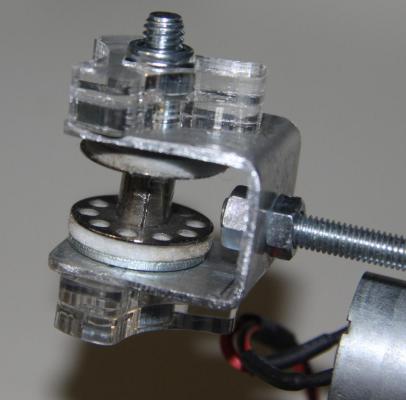
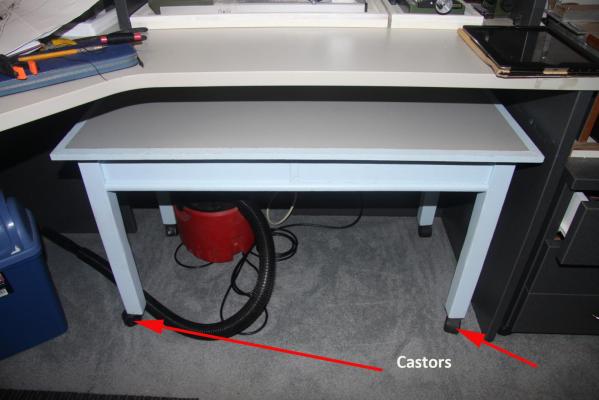
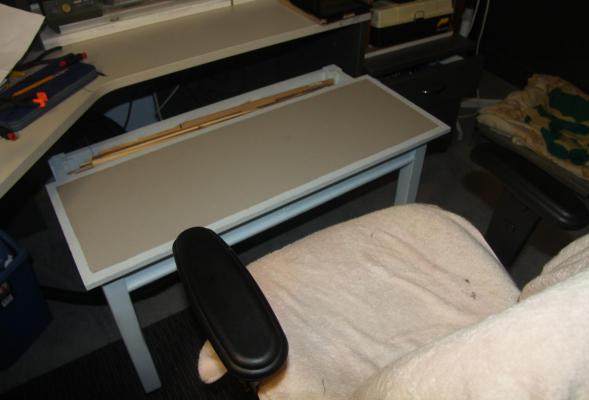
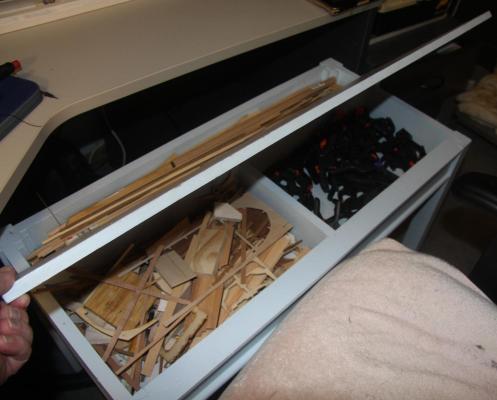
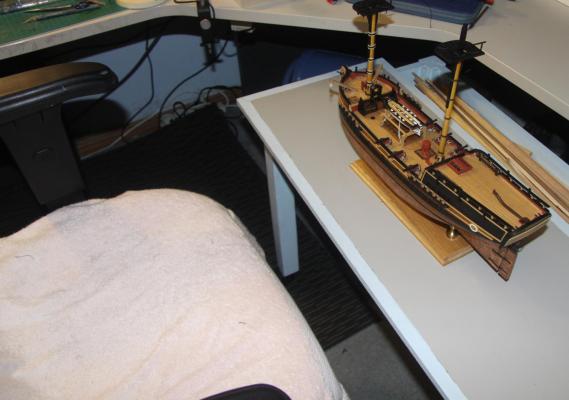
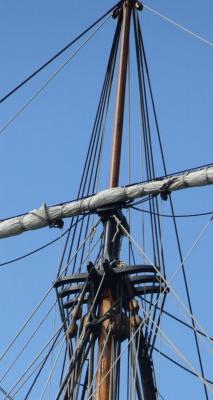
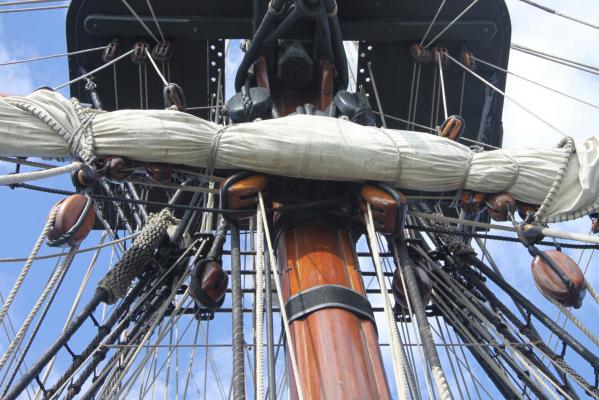
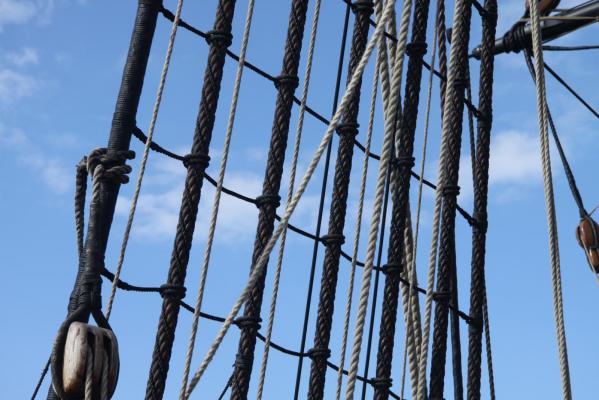
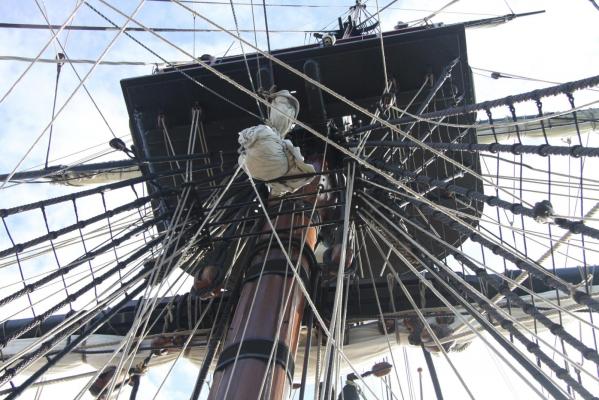
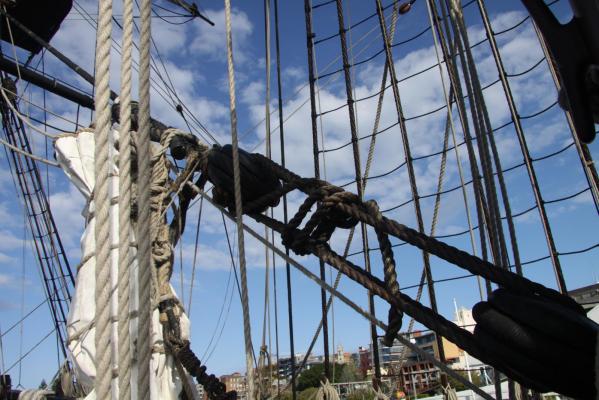
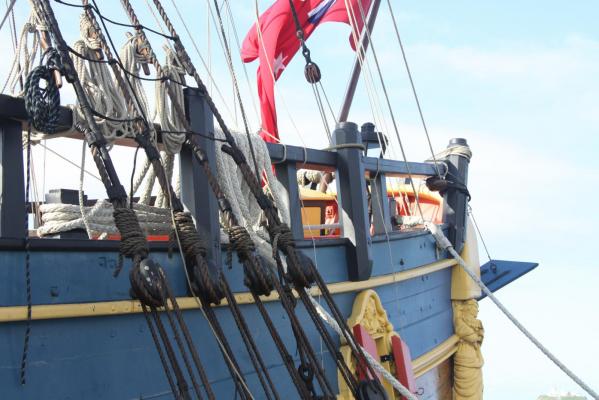
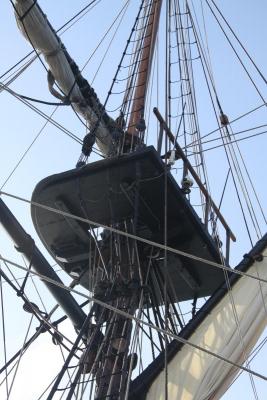
How to make best use of your milling machine. Tips and techniques
in Modeling tools and Workshop Equipment
Posted
As someone who has been toying with the idea of buying a milling machine for quite a while, but being unsure if I would have enough use for it or not, I will be following this thread avidly. Keep the ideas coming.